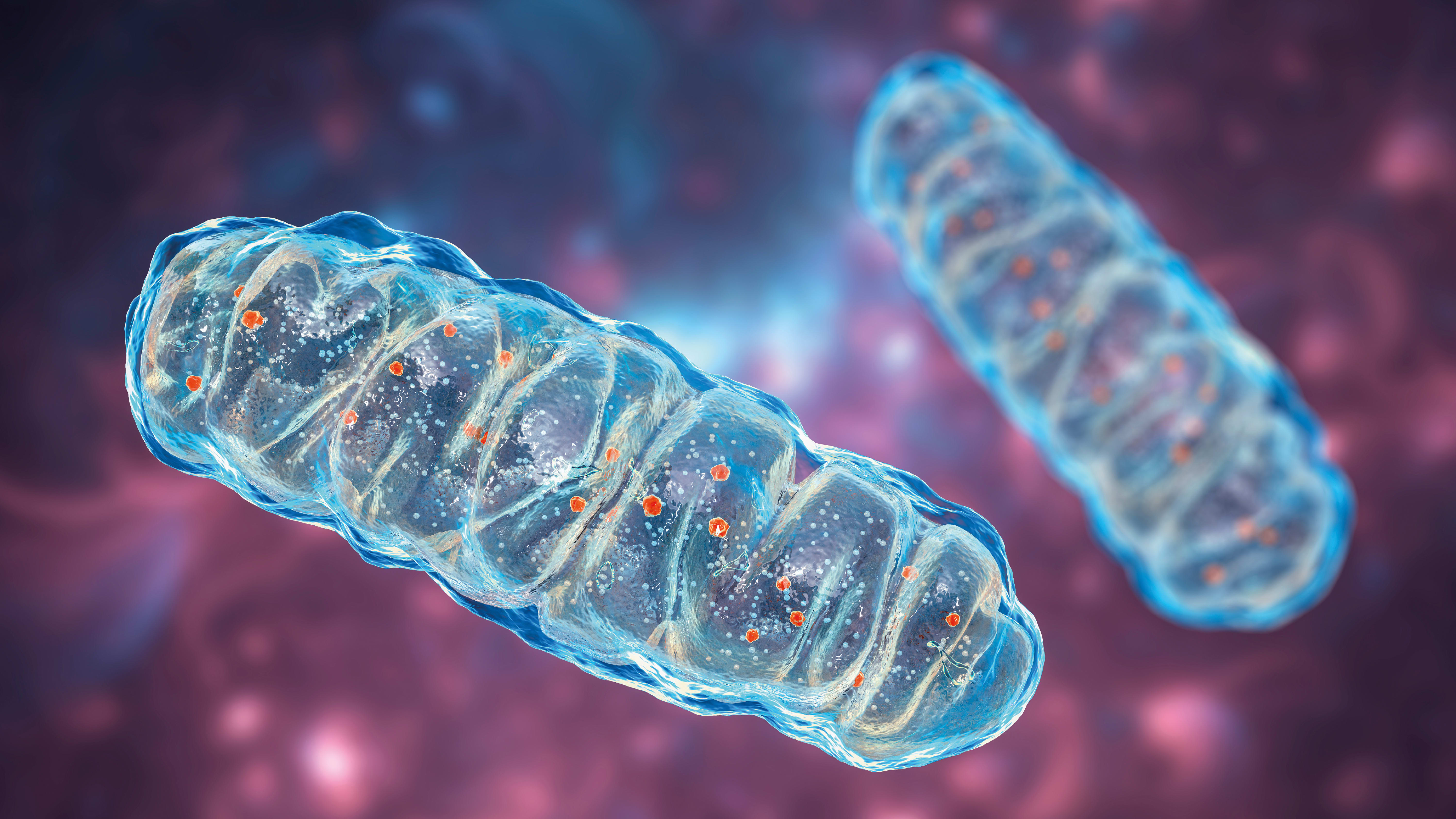Oxidative stress was the most frequently cited mechanism linking mitochondrial dysfunction to osteoporosis, appearing in 8% of all keyword references across 780 publications from 2014 to 2024, according to a recent study.

Between 2014 and 2024, the volume of research examining mitochondrial dysfunction in relation to osteoporosis increased, according to a bibliometric study of 780 English-language publications indexed in the Web of Science Core Collection. The study, led by Yun-song Zhang of the School of Integrated Traditional Chinese and Western Medicine, Changchun University of Chinese Medicine, employed CiteSpace and VOSviewer to analyze publication trends, collaboration networks, and keyword co-occurrence. Findings, published in Frontiers in Medicine, indicated sustained annual growth in publication output beginning in 2016, with most research originating from China and the US.
Frequently cited research topics included oxidative stress, apoptosis, mitochondrial transfer, and mitophagy. Oxidative stress appeared in 177 keyword instances and was often linked with changes in bone metabolism. Accumulation of reactive oxygen species, disruptions in antioxidant defenses, and signaling through pathways such as NF-κB and Keap1-Nrf2 were discussed as contributing to osteoblast apoptosis and impaired bone remodeling. Apoptosis, appearing in 90 keyword instances, was described in connection with mitochondrial dysfunction, with studies reporting altered expression of proteins such as FOXO1, SIRT1, and β-catenin. Research also noted the association of mitophagy with bone cell survival, particularly through PINK1/Parkin-dependent pathways. Disruption of mitochondrial quality control was identified in studies involving bone marrow mesenchymal stem cells and osteoblasts.
Mitochondrial transfer was identified as another area of focus, with investigations into its role in intercellular signaling, osteogenic differentiation, and redox regulation. Bibliometric clustering showed linkages between mitochondrial signaling, stem cell biology, and bone metabolism. The emergence of ferroptosis and SIRT family proteins as newer research topics was noted. Ferroptosis, characterized by lipid peroxidation and iron accumulation, was connected to osteoblast damage in several studies. The SIRT family, particularly SIRT1 and SIRT3, was cited in relation to redox homeostasis, apoptosis regulation, and bone mass maintenance.
Several studies evaluated potential therapeutic strategies that targeted these pathways in preclinical settings. These included agents such as vitamin K2, resveratrol, and active forms of vitamin D, as well as biomaterials and nanoparticles.
The study identified core journals, authors, and institutions contributing to this field, with most collaboration occurring within national contexts. The authors concluded that further interdisciplinary and international cooperation may contribute to the development of future diagnostic or treatment approaches.




